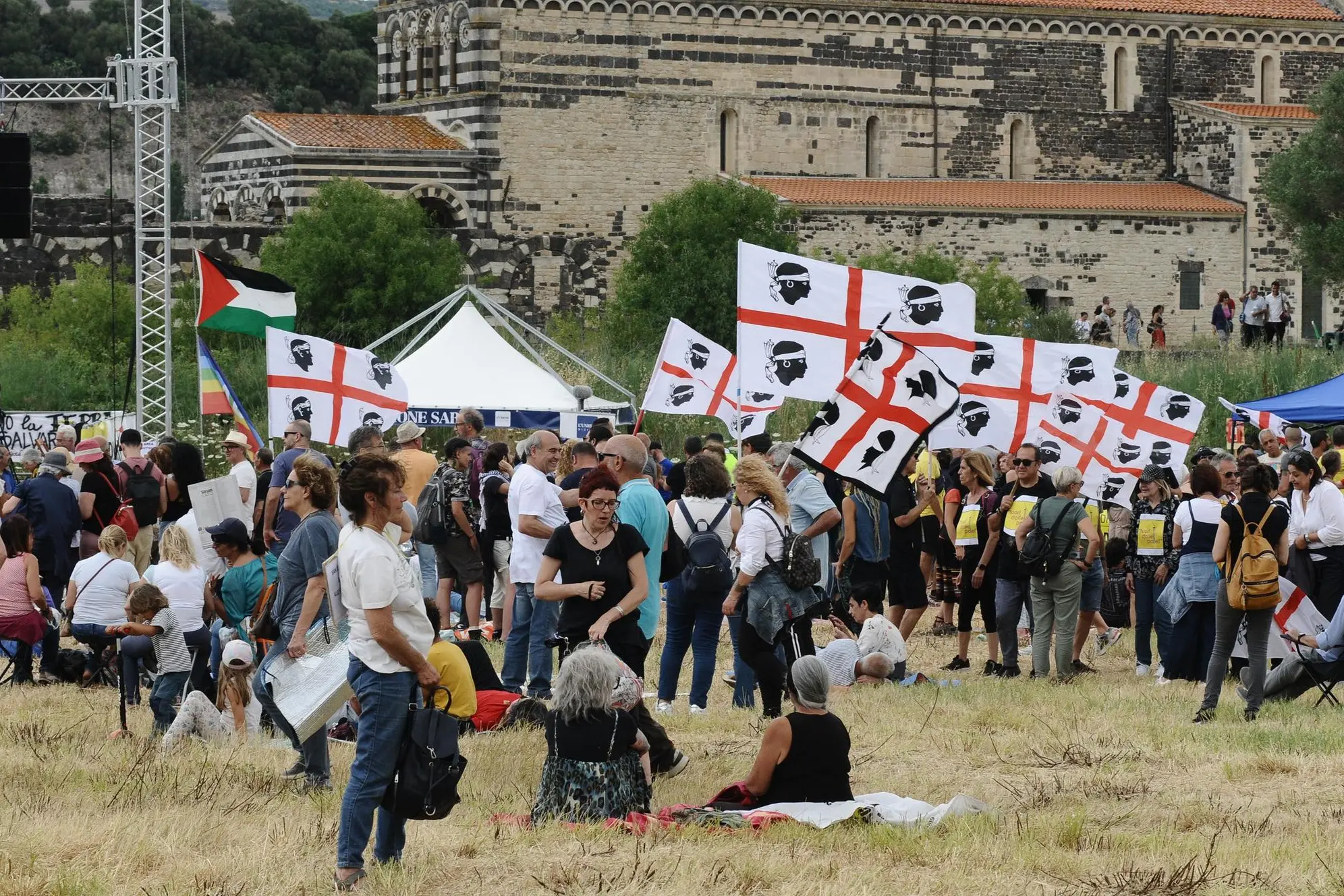Wind power: Emilia's Regional Administrative Court (TAR) offers assistance to those fighting against wind turbines in the face of Sardinia's heritage.
Administrative judges: no to projects lacking serious analysis of ventilation in the areas where the projects are locatedPer restare aggiornato entra nel nostro canale Whatsapp
The (possible) sacrifice of the landscape must be justified by detailed and extensive studies of wind strength and direction, conducted on-site. One cannot rely solely on the sterile historical series and satellite surveys used by nearly all planners. A principle established by the Emilia-Romagna Regional Administrative Court (TAR) has arrived, disrupting the plans of companies seeking to scatter wind turbines across Sardinia. And the committees fighting speculation on the island are rejoicing. With this "granite-free" verdict, the administrative judges confirm what the Gallura Coordination Committee and the Sarcidano group have long maintained: "For over a year now, the wind analysis methods used for most wind projects, especially the one threatening Saccargia, do not comply with legal requirements."
The Bologna Case – The pilot case arose in Camugnano, in the province of Bologna. Here, Santa Chiara Energia Srl wanted to build a 27 MW wind farm. On August 6 of last year, ARPAE (the Emilia-Romagna regional agency for the environment and energy) declared the application inadmissible. The reason: the project documents lacked a report of the wind measurements—i.e., those that could have justified the need for the plant—conducted "on-site." This, for the regional agency, was a flaw both irremediable and sufficient to block the project. The company appealed the decision, but the Regional Administrative Court ruled against it.
The ruling – The ruling states that the law does not explicitly require on-site surveys in the area where the turbines are to be installed. However, the judges add that "it appears essential to perform a detailed characterization of the wind energy source at the chosen site." The "established" interpretation, according to which the surveys "must be conducted on-site, certainly appears preferable: the construction of this type of plant requires an evaluation of the selected sites based on 'effective' and 'real' wind data." Other measures are not sufficient. Detailed analyses are "a counterweight to the inevitable sacrifice of environmental interest that the plant presupposes." The Emilian project, based on abstract data, for now falls short of the concreteness of the Arpae's argument.
The Committees – The Emilian Regional Administrative Court's interpretation of the regulations has long been adopted by those in Sardinia opposing the attack: "This non-compliance" in the wind analyses, the committees write, "has been documented in detail in numerous observations and, in particular, has been the subject of a complaint regarding the Nulvi-Ploaghe project, which directly threatens the Basilica of Saccargia," which has already been assessed as environmentally compatible. According to the committees, "it is inconceivable that the Ministry of the Environment and the Council of Ministers would ignore such a serious violation of the law." The complete documentation has been forwarded to the regional government and the relevant departments (Industry and Environment). "The objective," they warn, "is that the Region, if it truly intends to safeguard the Basilica of Saccargia, should acquire the documentation and firmly oppose the injunction to issue the single permit. Now it holds all the cards."
